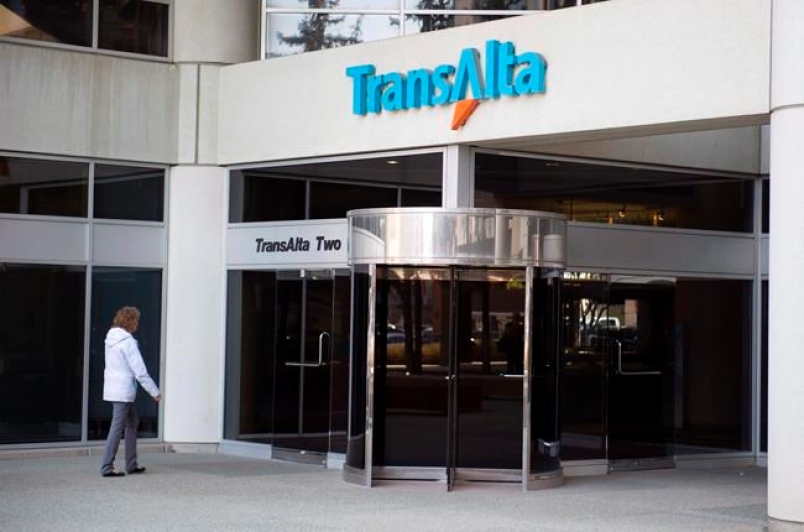
The complex architecture that connects offshore wind farms to the main power grid using high-voltage direct-current (HVDC) technologies makes them more vulnerable to cyberattacks, according to new research.
In a recent paper and presentation, researchers from Concordia University and the Hydro-Quebec Research Institute explained that offshore wind farms, particularly those that use voltage-source-converter high-voltage direct-current (VSC-HVDC) connections, require more cyber infrastructure than onshore wind farms, given that offshore farms are often dozens of kilometres from land and operated remotely.
Offshore wind farms need to communicate with onshore systems via a wide area network. Meanwhile, the turbines also communicate with maintenance vessels and inspection drones, as well as with each other.
This hybrid communication design presents multiple access points for cyberattacks. If malicious actors were able to penetrate the local area network of the converter station on the wind farm side, these actors could tamper with the system’s sensors. This tampering could lead to the replacement of actual data with false information. As a result, electrical disturbances would affect the offshore wind farm at the points of common coupling.
According to the researchers, these disturbances could trigger poorly dampened power oscillations from the offshore wind farms when all the offshore wind farms are generating their maximum output. If these cyber-induced electrical disturbances are repetitive and match the frequency of the poorly dampened power oscillations, the oscillations could be amplified.
These amplified oscillations might then be transmitted through the HVDC system, potentially reaching and affecting the stability of the main power grid. While existing systems usually have redundancies built in to protect them against physical contingencies, such protection is rare against cyber security breaches.
“The system networks can handle events like router failures or signal decays. If there is an attacker in the middle who is trying to hijack the signals, then that becomes more concerning,” Jun Yan, co-author of the study, said in a media statement.
Yan added that considerable gaps exist in the industry, both among manufacturers and utilities. While many organizations are focusing on corporate issues such as data security and access controls, much is to be done to strengthen the security of operational technologies.
He noted that even though Concordia is leading the push for international standardization efforts, the work is just beginning.
“There are regulatory standards for the US and Canada, but they often only state what is required without specifying how it should be done,” Yan said. “Researchers and operators are aware of the need to protect our energy security, but there remain many directions to pursue and open questions to answer.”
ENB Top News
ENB
Energy Dashboard
ENB Podcast
ENB Substack



